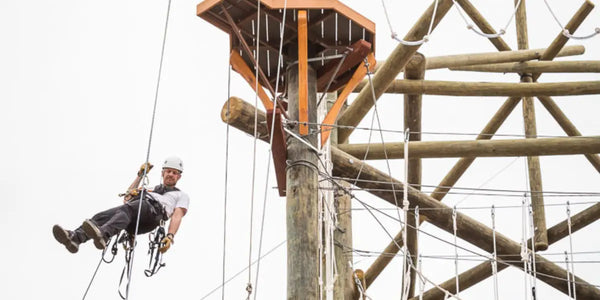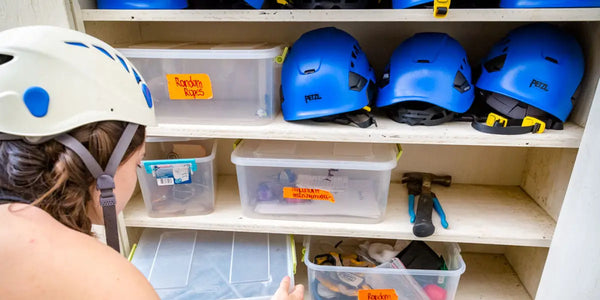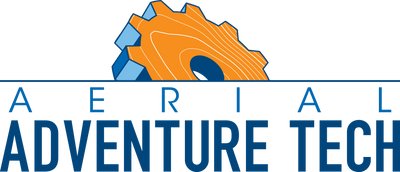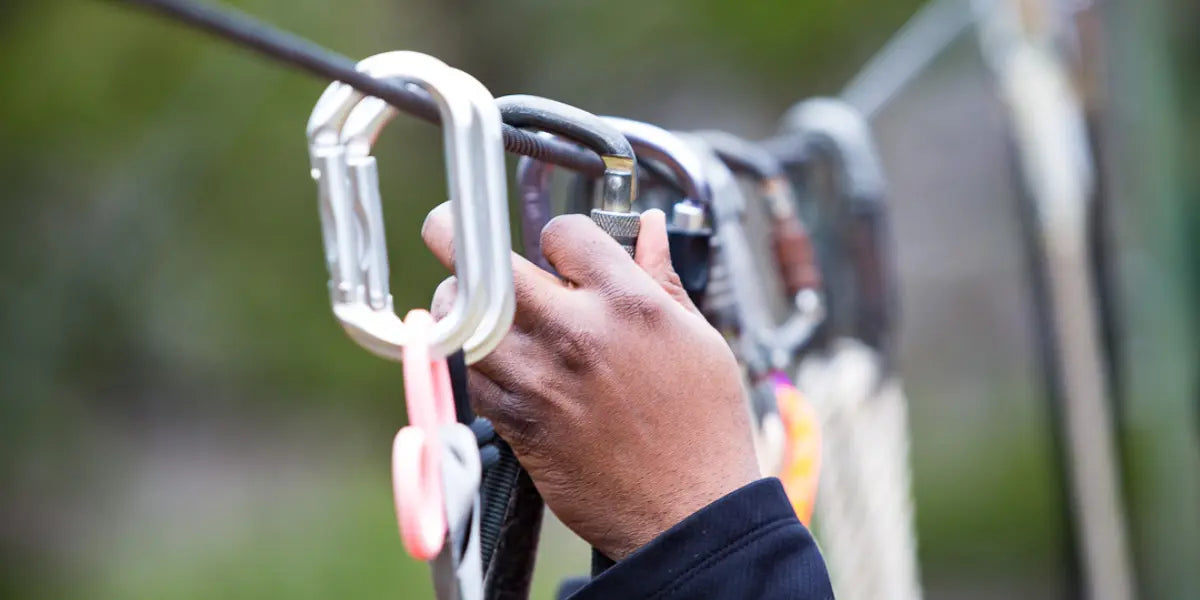Annual inspections are crucial to operating a challenge course, aerial park, or zip line. These assessments are not just a regulatory requirement; they serve as a vital health check for your facility and are key to the safety and well-being of your staff and participants. This blog post aims to equip you with the essential tools to understand and effectively act on your annual ACCT-accredited facility inspection report, transforming insights into action and compliance into success.
Understanding Your Annual Inspection Report
At the core of every successful aerial adventure operation lies a comprehensive understanding of its annual inspection report. Your ACCT-accredited inspection is a roadmap to compliance, and your inspection report contains a wealth of information for maintaining operational integrity. While report contents may vary based on the inspector, here's a breakdown of the key components typically included in the report:
- Summary of Findings: This section offers a snapshot of the inspector's conclusions, highlighting critical concerns, areas of non-compliance, and general observations regarding your facility's condition.
- Classification: The official determination regarding each inspected item. Typical classifications include:
o Pass: The item meets all ACCT standards and requires no immediate action.
o Pass with Recommendations: The item meets all current standards, but suggestions for improvement, while not mandatory, are advised to enhance safety or efficiency.
o Pass with Requirements: The item meets the basic standards but has specific issues that must be addressed to ensure continued compliance. Immediate action is required to meet these requirements.
o Fail: The item does not meet ACCT standards and poses a significant risk. Immediate corrective action is necessary to rectify the identified deficiencies and ensure the safety and compliance of the course.
- Requirements vs. Recommendations: Understanding the distinction between these two categories is critical. Requirements must be met to ensure your facility remains open and compliant. In contrast, recommendations are best practices that, although not immediately critical, are advised to enhance safety and operational efficiency over time.
Grasping each section of your annual inspection report is essential for maintaining the highest safety standards and ensuring your facility's ongoing compliance. By differentiating between immediate requirements and longer-term recommendations, you can prioritize actions that safeguard your operations while planning for future improvements and success.

Drilling into the Details
Ropes course and zip line inspections are critical, in-depth evaluations pivotal to determining the safety and suitability of facilities, equipment, and operations. They scrutinize a broad spectrum of components, each vital for the secure function of your facility. The inspector's job includes the following:
- Structural Integrity: Inspectors should thoroughly examine all structural elements, including support poles, critical cables, platforms, and anchoring systems. This involves looking for signs of wear, such as cracks, rust, or other forms of degradation. Special attention is given to components in direct contact with one another and those under constant stress, as they are more likely to exhibit early signs of wear.
- Equipment Condition: This part of the inspection is dedicated to meticulously assessing the condition of all operational gear, including but not limited to ropes, harnesses, carabiners, helmets, and pulleys. Inspectors check for fraying, cuts, abnormal wear patterns, and material fatigue. Equipment is also tested for functionality, ensuring things like locking carabiners and braking systems operate as intended.
- Safety Systems Verification: Inspectors review the comprehensive safety systems in place, from fall protection setups to emergency response protocols. This includes testing the reliability of backup systems, the adequacy of rescue equipment, and the effectiveness of communication systems used during operations.
Your annual inspection is a comprehensive process that covers every aspect of a facility's operation, from the structural integrity of the physical components to the efficacy of safety protocols and equipment condition. By adhering to the detailed findings and recommendations of these inspections, operators can ensure their facilities meet and exceed safety standards, providing visitors a secure and enjoyable experience.

Turn Findings into Actionable Steps
Converting inspection results into clear, actionable steps is a skill that can significantly impact your facility's operation and safety. To navigate this process with precision, consider the following:
- Prioritize Safety and Compliance: Categorize report findings based on their potential risks and regulatory compliance. Prioritize these items, adhering to any stop-use directives until the hazard or reason for non-compliance is resolved.
- Plan Repairs and Upgrades: Analyze the inspection report to create a comprehensive plan for necessary repairs, enhancements, and equipment purchases. This gear management plan should detail the scope of work, required resources, and timelines, prioritizing tasks based on their urgency and potential impact on safety and operations.
- Proactive Maintenance Program: Establish a systematic maintenance schedule based on the insights garnered from the inspection. This should include regular checks and preventative maintenance tasks tailored to the specific needs of your equipment and infrastructure. By anticipating wear and potential issues before they escalate, you can extend the lifespan of your assets and maintain a high standard of operational readiness.
- Detailed Documentation and Follow-Up: Keep meticulous records of all actions taken in response to the inspection findings, including repairs, replacements, maintenance activities, and, for substantial upgrades, the commissioning inspection. This documentation is essential for tracking progress, evaluating the effectiveness of interventions, and supporting future inspections. Regularly review and adjust your maintenance and improvement plans based on ongoing assessments and operational feedback.
Implementing these steps helps your facilities and operations remain compliant, demonstrating your commitment to providing a safe and enjoyable experience for staff and participants.

Leveraging Your Inspection Report for Operational Success
Beyond compliance and safety, your inspection report is a treasure trove of insights that can drive success. Enhancing the safety and integrity of your facilities can improve staff and user satisfaction and retention. Here are ways to leverage your inspection report:
- Highlight Your Commitment: Use your adherence to standards, compliance, and proactive maintenance in your marketing narrative, reassuring customers of your commitment to their safety.
- Optimize Operational Efficiencies: By doing more than addressing the requirements and focusing on the recommendations found in your report, you can streamline operations, reduce downtime, and enhance the overall staff and user experience.
- Leverage Industry Insight: Use insights from your inspection report to adapt and evolve with the industry. Stay in sync with industry developments, whether adopting new technologies, enhancing facilities to meet updated design principles, or introducing new programs that reflect emerging trends.,
Your annual inspection report is much more than a compliance document; it's a roadmap for safety, operational excellence, and long-term success. Understanding, decoding, and acting on the insights documented in your annual report can elevate your challenge course or aerial park to new heights. At Aerial Adventure Tech, we can support you every step of the way, from understanding your inspection report to connecting you with the right products and equipment to keep you up and running.

